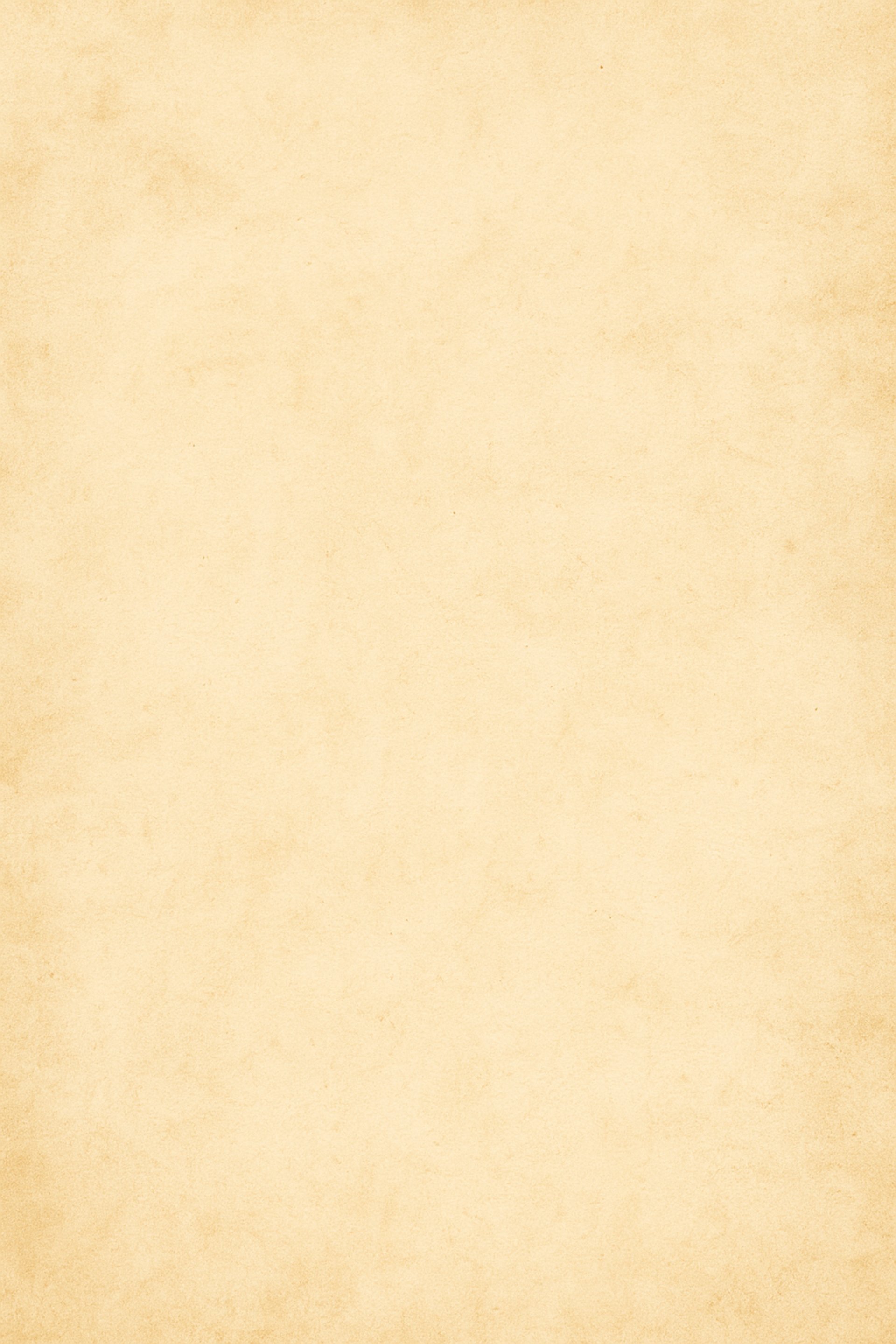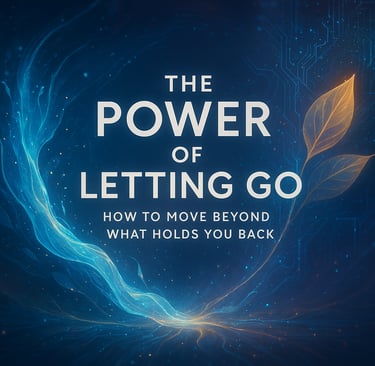
“The Power of Letting Go – How to Move Beyond What Holds You Back”
There are two kinds of burdens we carry — the ones we can see and the ones we can’t. The visible ones are easy to recognize: unfinished tasks, physical exhaustion, tight schedules. But the invisible burdens — regrets, grudges, guilt, expectations, fears — are the ones that weigh us down the most. They don’t sit on our shoulders; they live in our minds. They keep replaying old stories, repeating old emotions, and resisting the present moment. The truth is simple yet profound: you cannot move forward if you’re still chained to what you should have left behind. Letting go isn’t weakness; it’s wisdom. It’s the art of freeing yourself from what no longer serves your growth.
11/9/20255 min read



“The Power of Letting Go – How to Move Beyond What Holds You Back”
There are two kinds of burdens we carry — the ones we can see and the ones we can’t. The visible ones are easy to recognize: unfinished tasks, physical exhaustion, tight schedules. But the invisible burdens — regrets, grudges, guilt, expectations, fears — are the ones that weigh us down the most. They don’t sit on our shoulders; they live in our minds. They keep replaying old stories, repeating old emotions, and resisting the present moment. The truth is simple yet profound: you cannot move forward if you’re still chained to what you should have left behind. Letting go isn’t weakness; it’s wisdom. It’s the art of freeing yourself from what no longer serves your growth.
Think of life as a flowing river. Everything in it — experiences, people, opportunities — moves with the current. If you try to hold on to something that’s already downstream, you only tire yourself fighting against the flow. The river doesn’t stop for you, and neither does life. The secret is learning when to hold on and when to release. Letting go doesn’t mean forgetting; it means accepting that some chapters have ended so that new ones can begin.
We often hold on because of fear — fear of losing identity, comfort, or control. We believe that if we release something, we’ll lose a part of ourselves. But the opposite happens. When you let go, you make space for something new — new thoughts, new energy, new possibilities. You stop being a prisoner of your own memories. It’s like cleaning a cluttered room: once you remove what’s no longer useful, clarity and freshness take over.
Let’s imagine a simple example. A person keeps replaying an argument that happened months ago. Every time they think of it, anger resurfaces, and their mood darkens. The other person may have forgotten, moved on, or changed — but this person’s mind is still stuck in that moment. The truth is, holding on doesn’t punish the other person; it only poisons your peace. Forgiveness, in this sense, is not a gift you give someone else — it’s a gift you give yourself. It’s saying, “I deserve freedom from this.”
Letting go is not only about relationships. It applies to failures, mistakes, and missed chances too. How many dreams remain untried because we keep replaying what went wrong before? “What if I fail again?” becomes the silent anchor holding us in place. But what if failure was never the opposite of success — only a part of it? Every experience, even painful ones, carries a message meant to guide you forward. If you keep clinging to what went wrong, you’ll never see what can go right.
There’s a powerful shift that happens when you stop asking “Why did this happen to me?” and start asking “What is this teaching me?” Suddenly, pain becomes purpose. You stop being a victim of your past and become a student of your growth. The very things you thought were breaking you start shaping your inner strength. That’s when letting go transforms from loss into liberation.
Here’s a beautiful truth — you can’t hold on to the past and receive the future at the same time. Imagine holding two heavy suitcases while someone tries to hand you a gift. Unless you put the bags down, your hands will remain full. Life works the same way. It keeps offering new opportunities, but you have to release the old weight to receive them.
The process of letting go begins with awareness. Notice what still triggers emotion within you. What thought, memory, or person instantly changes your mood when mentioned? That’s your clue. The wound that still hurts is the one that needs healing, not hiding. Healing doesn’t happen by avoiding — it happens by acknowledging. Sit quietly, breathe deeply, and say, “I release the need to control what’s already gone.” The more you practice this, the lighter you’ll feel.
You can also turn this into a daily ritual. Before you sleep, close your eyes and mentally review the day. Let go of every irritation, disappointment, or tension. Imagine placing each one into a balloon and watching it float away into the night sky. Do this regularly, and you’ll wake up each morning with a lighter mind and renewed energy. It’s a small act with a powerful ripple effect.
There’s also a misconception that letting go means giving up. It doesn’t. Giving up comes from despair; letting go comes from wisdom. When you let go, you’re not running away — you’re choosing peace over struggle. You’re accepting that your energy is better spent creating the future than clinging to the past. This isn’t passivity; it’s power. The kind of power that allows you to respond to life instead of reacting to it.
Another area where letting go transforms life is expectations. Most of our pain comes not from what happens, but from how we expected things to happen. We expect people to behave a certain way, situations to unfold smoothly, plans to succeed perfectly — and when they don’t, disappointment strikes. But life isn’t meant to fit our script. The art of living lies in adapting gracefully, not controlling endlessly. The moment you let go of “how it should be,” you begin to enjoy “what it is.”
Nature offers countless reminders of this truth. Trees shed their leaves every autumn without fear or sadness. They know the old must fall away to make room for new growth. The ocean releases every wave without regret. Even the moon waxes and wanes effortlessly, knowing that change is part of its beauty. If nature flows with such trust, why do we resist what is natural — endings, change, and transformation?
Letting go is an act of faith — faith in yourself, faith in the flow of life, and faith that whatever is meant for you will find its way. The universe has its own rhythm, and holding on too tightly only disrupts it. When you learn to surrender with awareness, you don’t lose control; you gain alignment. You begin to move with life, not against it.
So, pause for a moment and ask yourself — what are you still holding on to that’s already trying to leave? Is it a person, a mistake, a version of yourself that no longer fits who you are becoming? If so, it’s time to release it with gratitude, not resentment. Every ending carries the seed of a new beginning. Every closed door redirects you to a better path.
The real power of letting go is that it frees your mind to live in the only moment that truly exists — now. The present is where healing begins, creativity blooms, and peace lives. You can’t rewrite the past, but you can write a new chapter today.
So, breathe deeply. Forgive. Accept. Release.
Let the weight fall away, and watch how high you rise when you finally let go.
Inspiration
Empowering learners to achieve their fullest potential.
Growth
Success
© 2025. All rights reserved.
Mrs. Sadhana Ware
